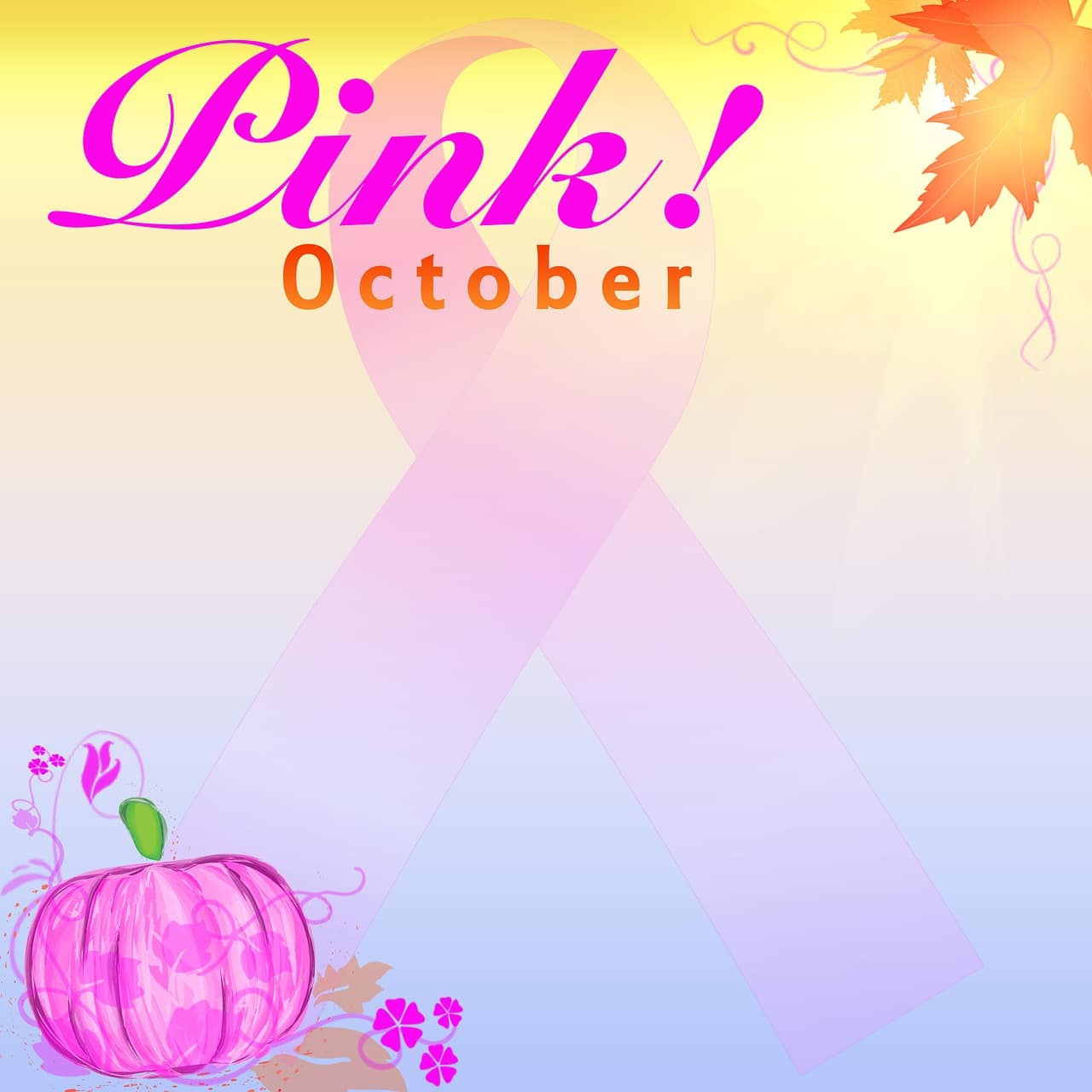Breast Cancer Awareness Month
In the United States, one in eight women will develop breast cancer in their lifetimes. That’s why every October, we celebrate Breast Cancer Awareness Month. Excluding skin cancers, breast cancer is the most common cancer in American women, and female breast cancer represents 15.2% of all new cancer cases in the U.S. However, men can also be diagnosed with breast cancer, though it is much rarer with the lifetime risk being 1 in 1,000.
Though the disease kills hundreds of thousands around the world every year, there is hope, with more than 3.5 million breast cancer survivors in the U.S. alone. Better screening processes and early detection have played a substantial role in reducing deaths worldwide, making education a vital part of staying healthy.
It’s important to know the warning signs for breast cancer in order to detect it early and begin treatment as soon as possible. Though they won’t be the same for all women, the most common signs that you may have breast cancer are a change in the look or feel of the breast, a change in the look or feel of the nipple, or nipple discharge. If you have noticed any of these signs, you should see a healthcare provider immediately to determine whether or not there is cause for concern.
One of the most important things you can do to keep yourself safe is to perform a breast self-exam once per month. According to the Johns Hopkins Medical center, “forty percent of diagnosed breast cancers are detected by women who feel a lump.” Performing regular self-exams helps you stay familiar with the look and feel of your breasts, making it easier to detect the warning signs mentioned above.
You can easily perform a self-exam while showering, simply use your fingers to feel around your breasts and armpits in a circular pattern from the outside to the center for any lumps, thickening, or hardened knots. You should also visually inspect your breasts in front of a mirror to check for swelling, changes in the contour or nipples, or dimpling of the skin. You should also squeeze your nipples to check for any discharge. Visit this page for more detailed instructions on how to perform a breast self-exam.
Though performing monthly self-exams is extremely helpful in catching breast cancer early, they are not a substitute for mammograms for women age 40 or over. Mammograms are x-rays of the breast that can help doctors detect breast cancer, sometimes even up to three years before it can be felt according to the CDC. They are not recommended for women under 40 because they usually have denser breast tissue that makes it more difficult to detect tumors. If you are 45 or older, you should get a mammogram every year just to make sure that your breasts are healthy and there are no signs of abnormal growths.
Talk to your doctor if you have any questions or are concerned that you may have breast cancer.
Sources:
https://www.nationalbreastcancer.org/breast-cancer-facts
https://ww5.komen.org/BreastCancer/WarningSigns.html
https://www.nationalbreastcancer.org/breast-self-exam
https://www.cdc.gov/cancer/breast/basic_info/mammograms.htm
https://www.nationalbreastcancer.org/diagnostic-mammogram

